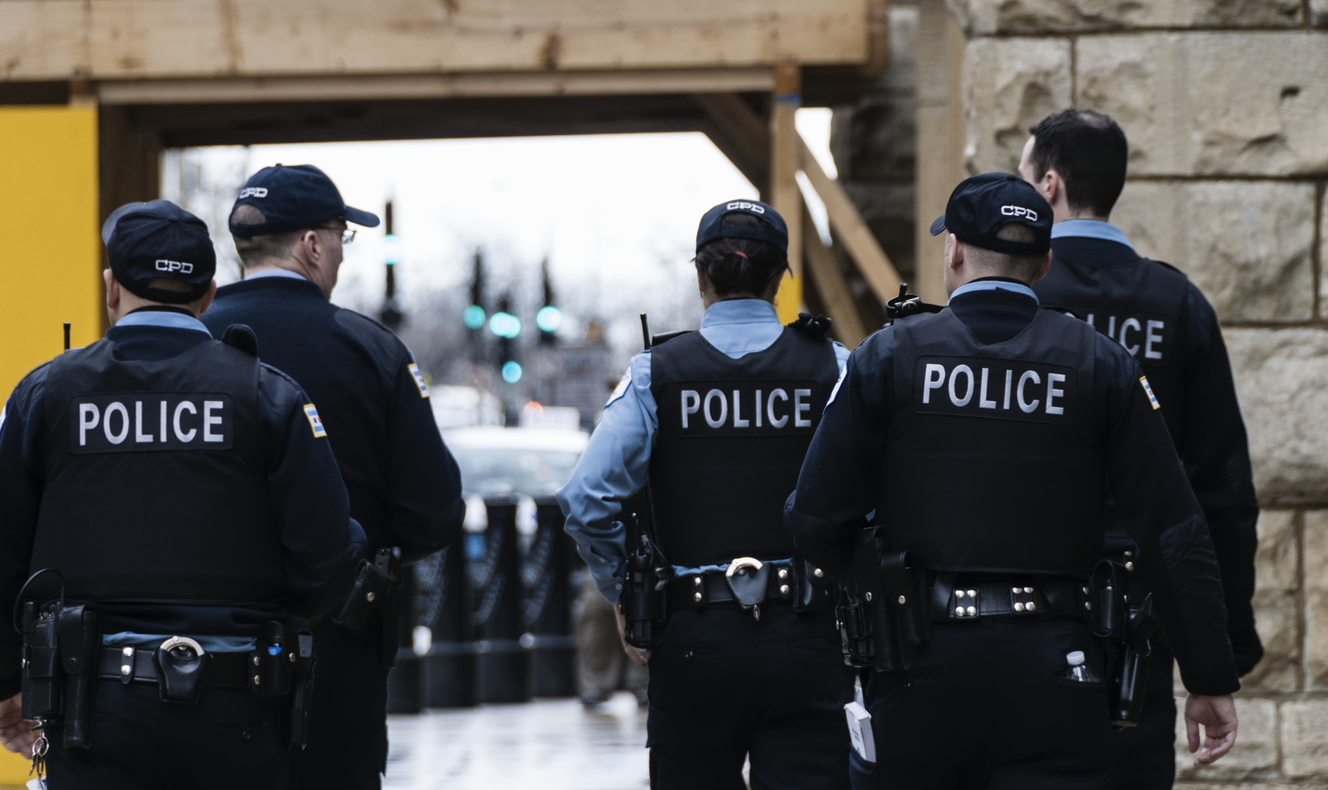It has always been clear that Donald Trump views every interaction as a zero-sum game in which winning via domination is paramount. He made that clear during a phone call with governors on Monday night.
President Trump told some of the nation’s governors Monday that they are “weak” and they need to “dominate” the protesters who have taken to the streets in dozens of cities across the country in recent days to express their rage, frustration, and sadness about police brutality and racism.
“If you don’t dominate you’re wasting your time,” Trump reportedly told the governors. “They’re going to run over you, you’re going to look like a bunch of jerks. You have to dominate.”
The president isn’t the only one to hold that view. Police departments all over the country are demonstrating this kind of warrior mentality in response to protests. But as Maggie Koerth and Jamiles Lartey document, we’ve known for decades now that it doesn’t work.
Researchers have spent 50 years studying the way crowds of protesters and crowds of police behave — and what happens when the two interact. One thing they will tell you is that when the police respond by escalating force — wearing riot gear from the start, or using tear gas on protesters — it doesn’t work. In fact, disproportionate police force is one of the things that can make a peaceful protest not so peaceful.
Back in the early 80s, I worked at a shelter for runaway and homeless teens. It wasn’t unusual for a man to show up (usually a father or a pimp) threatening to get physical if the young person they were looking for wasn’t turned over to them. The woman who worked as our receptionist had once been employed as part of Prince’s security detail and, at the time, held a similar position at the nightclub in downtown Minneapolis where he launched his career.
When confronted with a threat, this woman made it clear that she did not want any of the men who worked at the shelter to come to her aid as a show of muscle. She explained that she could deal with men like that by using her brain and her words to de-escalate the situation. A show of muscle was simply an invitation for a physical confrontation. That is basically what these researchers have found when police departments respond with escalating force in an attempt to dominate a group of protesters.
But if security services and researchers have known for decades that a show of force doesn’t work, why do police departments continue to respond that way? Koerth and Lartey get to the heart of the matter when they talk about the difficulty of changing police culture, which can take decades. Even when the leadership of a police department is committed to reform, data shows that police chiefs rarely last more than three years. Having a sustained commitment to change is therefore uncommon.
The first step in the process of changing a warrior culture is for leadership to envision a different model. Former police officer Seth Stoughton wrote about the alternative of viewing police as community guardians here at the Washington Monthly back in 2015.
Both Warriors and Guardians seek to protect the communities they serve, of course, but the guardian mindset takes both a broader and a longer view of how to achieve that goal. Put simply, the guardian mindset prioritizes service over crime-fighting, and it values the dynamics of short-term encounters as a way to create long-term relationships. It instructs officers that their interactions with community members must be more than legally justified; they must also be empowering, fair, respectful, and considerate. It emphasizes communication over command, cooperation over compliance, and legitimacy over authority. In the use-of-force context, the Guardian mindset emphasizes restraint over control, stability over action. But the concept is even broader; it seeks to protect civilians not just from crime and violence, but also from indignity and humiliation.
Stoughton goes on to document the kind of training that is necessary when it comes to implementing a guardian mindset. While that is critical, the step that has to precede training is an examination of the methods used to recruit and screen potential new officers. I am indebted to a commenter on a previous thread for pointing out these two videos that demonstrate the point.
Newport Beach is going to recruit people who are drawn to police work because they want to be warriors.

On the other hand, Decatur will attract people who want to work in partnership with the community to solve problems—which is pretty much the definition of community policing.

While they haven’t gotten as much attention, there are police officers and departments that have been putting the guardian approach into action with the protests that have occurred over the last week.
In cities across America, some police officers joined protests and expressed solidarity with George Floyd demonstrators pic.twitter.com/KlghtoSIXB
— NowThis (@nowthisnews) June 2, 2020
What all of this comes down to is the choice of world views Riane Eisler identified in her book, The Chalice and the Blade.
Underneath all the complex and seemingly random currents and crosscurrents, is the struggle between two very different ways of relating, of viewing our world and living in it. It is the struggle between two underlying possibilities for relations: the partnership model and the domination model.
As Stoughton points out, the warrior model of policing is steeped in dominance as a response to fear, whereas a guardian mentality is rooted in the long-term strategy of building partnerships with the community via trust. Until police reform is grounded in being clear about the difference, it will fail.



